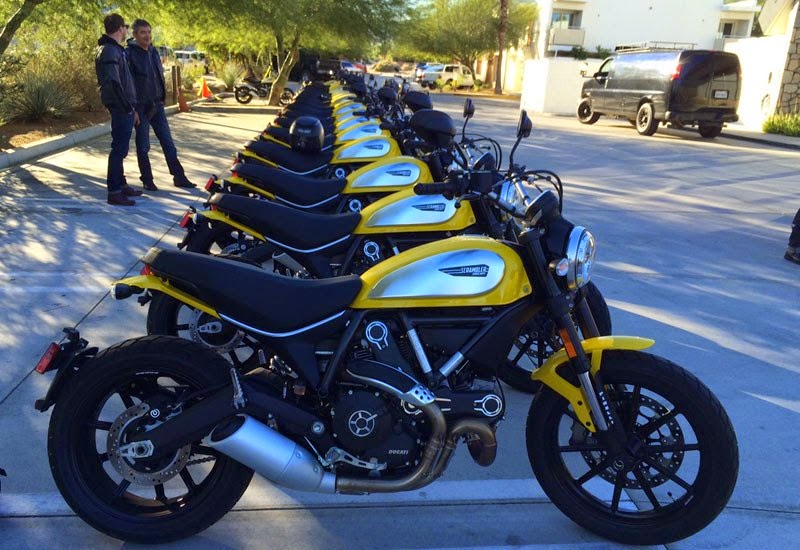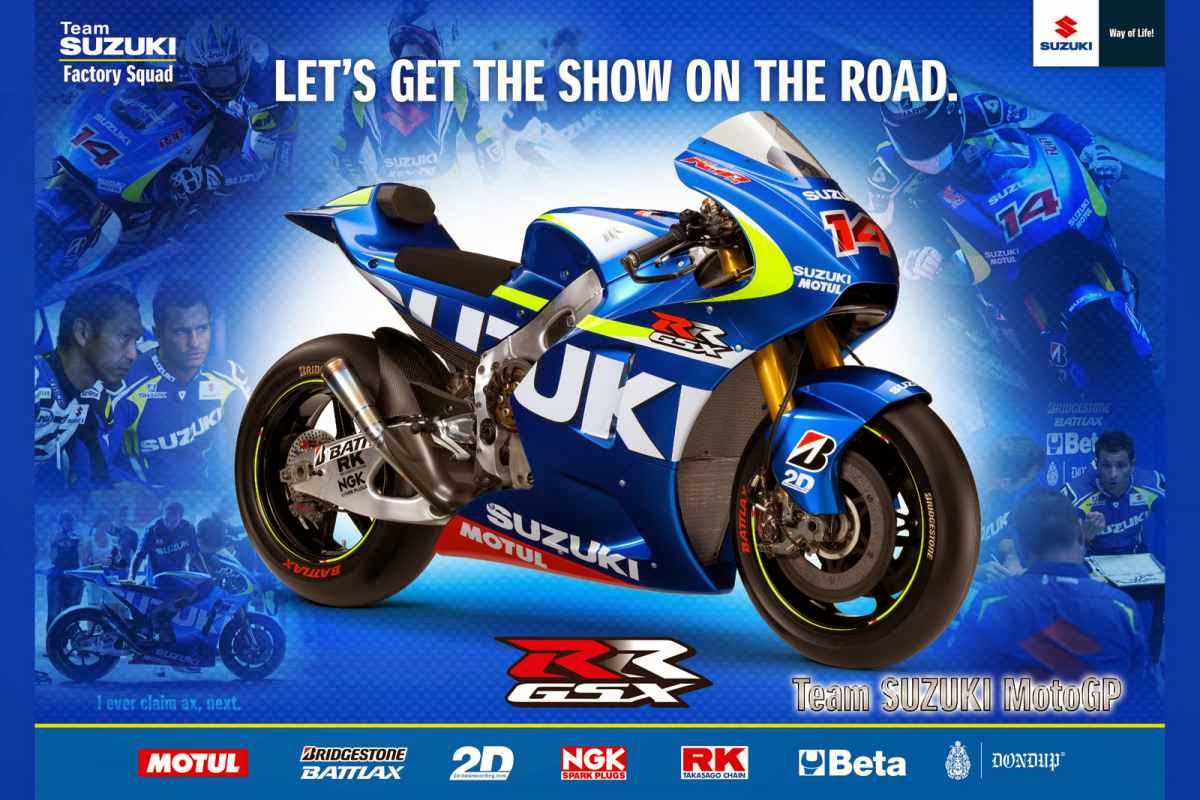Could you speak to Yamaha's improved performance in MotoGP this season, and share if you think you're on a performance par with Honda?
Jarvis- I think we’re pretty close [to Honda]. Of course if you would evaluate some individual aspects, there may be some points where we’re a little bit better than them, and other ones where they’re a little bit better than us. But I think we've closed the gap significantly.
Honda started their seamless shift gearbox at least two years ahead of us, so I think that they still have some advantage there with the seamless compared to us, but we’re making progress and making steps with that. We can’t develop the engine during the year (per MotoGP rules), so basically whatever we started with in March we’re still running today. So obviously now for next year we’ll move up again.
Also, you know, the rider is so important, and any technology we develop is only relevant if it helps that rider perform. If he feels comfortable with it, and if he can then play and do whatever he can. [Honda’s] technology was a little better at the beginning of the year, and Marc just felt totally at one with the bike and was able to do amazing things—literally amazing. Get away with amazing things as well. And our mission next year is to try to begin the season as strongly as we finished the second half of this season. And if we’re able to do that, and because there are no real regulation changes next year—no critical ones—I believe we can start the season competitive and if our riders are really fit, and really hungry, I think we can be really competitive.
What has best enabled you to close the gap to Honda over the course of the season?
Jarvis- [This year] we've improved the braking particularly. That’s been an important point and that’s also partially related to gearbox as well, and also engine braking strategies. But I think we are more or less equal [with Honda] in my opinion. I believe the big difference this year has been Marquez himself. And also Jorge himself. Because Jorge began the season with many difficulties and Marquez was just on a roll. The first 12 races of the year was phenomenal, he won all 12.
Vale on the other side has been phenomenal this year. He started the season very, very well and has continued very well. And as the bike has progressed and got closer to the Honda, then his performances have too. He has pretty much been on that high level throughout the season, but as the bike stepped up then he has been able to win races as well. It’s been really phenomenal.
You talked about improving the braking performance. What exactly were you able to do to improve in this area?
Jarvis- Many many things including the size of the brake, because one of the problems is there was a maximum size in the [brake] disc, and we were allowed to use the bigger disc in only a couple of tracks—one was Motegi, and maybe Barcelona. Anyways we were restricted to use the bigger discs only in a couple of places—the idea was to keep the costs down. But finally the bikes were getting so much faster all the time that we were running into big problems with braking performance.
So finally we were allowed to use the large brakes everywhere, and this was definitely something favorable for us. Honda’s engine braking works differently to ours and more for that Marquez style—and even Pedrosa a little too. They reverse the bike in so you can scrub off speed in a different way, but our guys don’t do that so much so we rely perhaps more on the brake, so that brake technology is important. Also the gearbox is important, and the weight distribution too. Also Jorge during mid-season, he changed his style to brake. He also changed his riding style, not as radically as Valentino, who really adapted totally, but Jorge changed his way to enter corners and that’s been something to definitely help him in the second half of the year.
What exactly did he change, can you say?
Jarvis- Honestly I don’t know, he explained to me once and I couldn't understand it. I think his riding level is too far. He explained exactly what it was, and I was like ‘Okay whatever, if it works that’s fine.’
Can you talk more about the problems you faced early in the season?
Jarvis- The biggest problem at the beginning of the season was with the tire and that the edge of the tire was a bit too hard, so it was not with enough feeling. And that’s why Jorge got so frustrated in the early season test, because he more than anybody else uses that high corner speed and he’s on the edge for so long. He just lost the feeling, and then Bridgestone modified the tires.
(At this point, Yamaha Motor Racing General Manager Marco Riva, who's in charge of operations - engineering, the workshop, and logistics - and on hand for the interview, chimes in)
Riva- You know we lost four races because of that. Both riders were not comfortable to go faster with the maximum leaning angle. Basically we expected the development of Bridgestone tire to go in that direction of the last two years, and finally they move in different way, and we were not ready to follow.”
It’s got to frustrate Honda, having Bridgestone adapt their tire to suit you, right?
Jarvis- You know, Bridgestone have to try to create a tire that fits all manufacturers and you've got very different characteristics of the bike, so it’s very, very difficult. One time they might develop a tire that’s more favorable to Honda, so sure we complain and Ducati complain, but then they need to adjust because anyway they can’t really have a tire that totally favors one brand. For sure Honda was happy in the beginning of the season, but we were the same one year before—the tire suited us better so we were fine as well. That’s just the ebb and flow of these situations.

































































